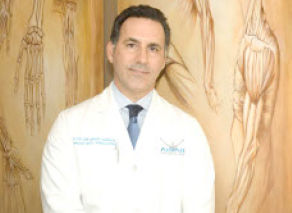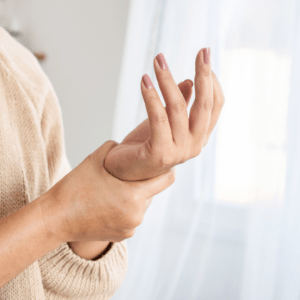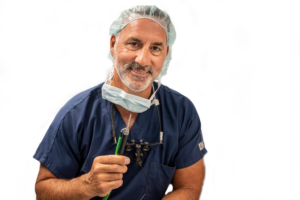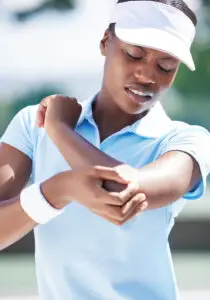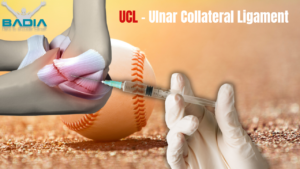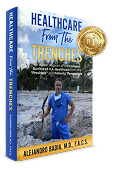Renowned surgeon will be at the Pan-American Congress of Sports Medicine
Join renowned surgeon Dr. Alejandro Badia at the XXIV Pan-American Congress of Sports Medicine, where he will share insights on advanced, minimally invasive techniques for hand and upper extremity surgeries.

